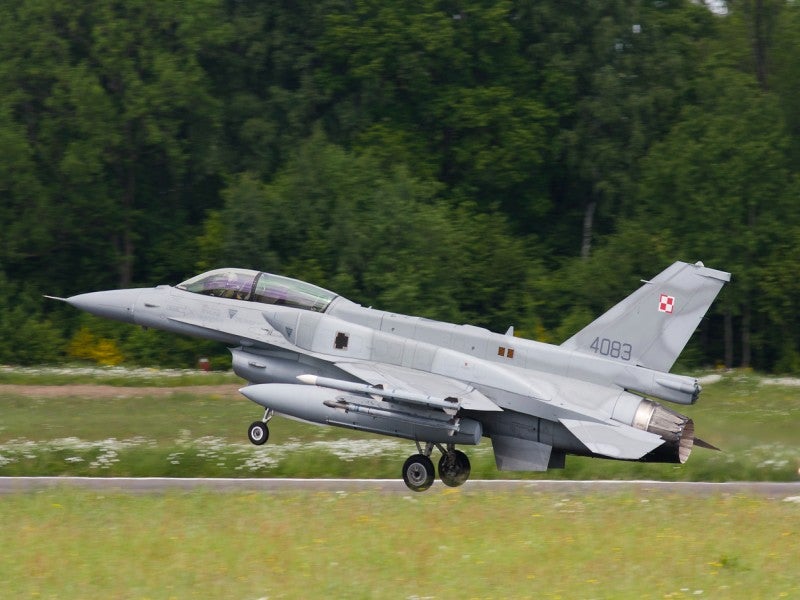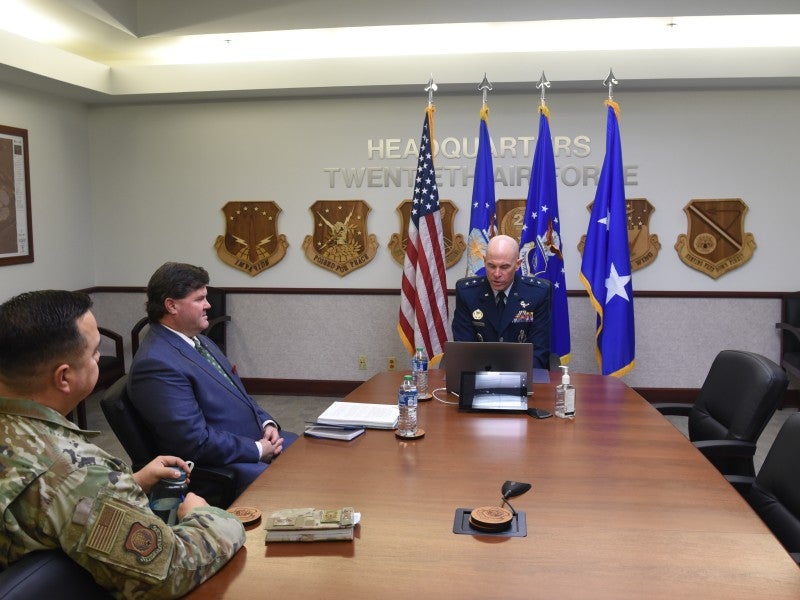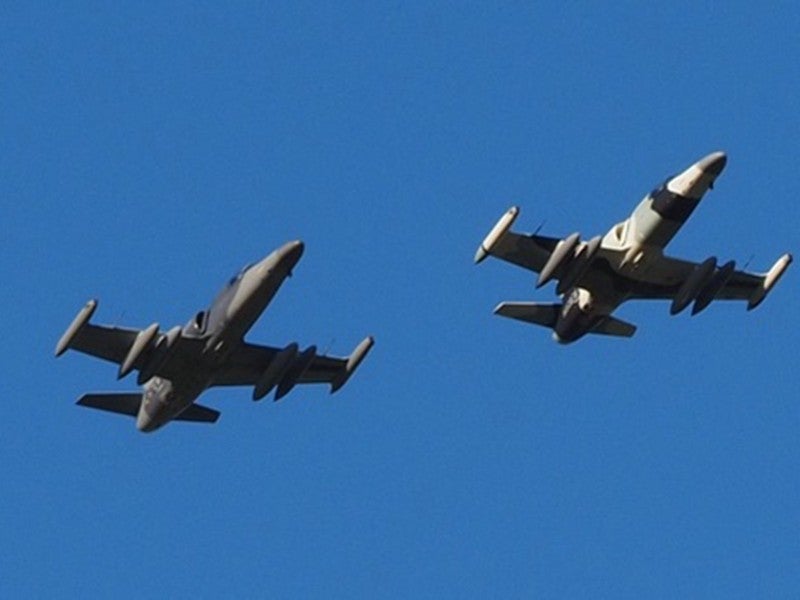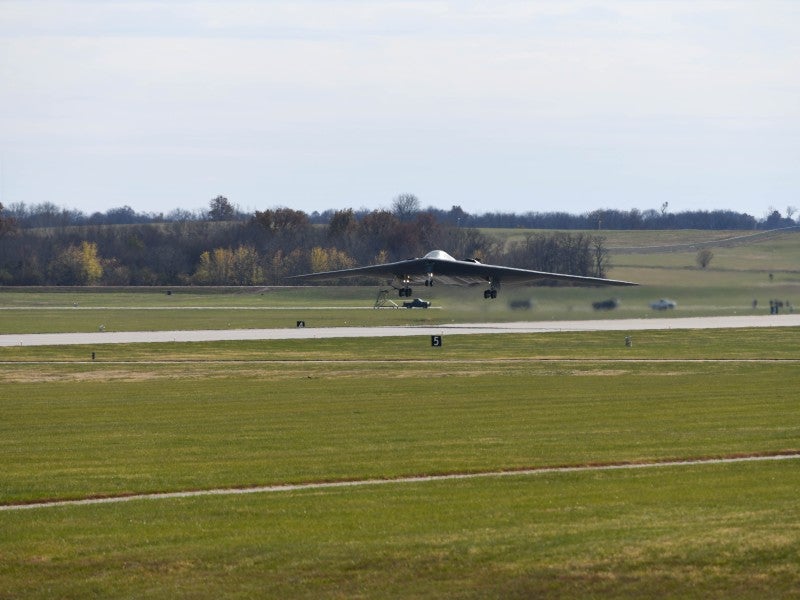The British Royal Air Force (RAF) has conducted the first successful drone flight using synthetic fuel as part of an ongoing effort to reduce carbon footprint and create a more sustainable future.
During the test, a 4m-long fixed-wing drone was airborne for around 20 minutes in Wiltshire. It used synthetic kerosene as a sustainable alternative to fossil fuel during the test flight.
RAF Air Vice-Marshal Lincoln Taylor said: “The RAF needs to ensure that we are at the forefront of technology to safeguard our own resilience and operational capability whilst minimising our damage to the environment.
“Fuel scarcity and cost will only ever increase in its impact on our operations and synthetic fuels for our aircraft are one potential solution to this situation as we look to secure the objectives of the next generation RAF of tomorrow.”
Synthetic kerosene is prepared by combining raw materials with high sugar levels and bacteria to create an oily substance. This is then processed with chemicals and subjected to heat to convert it into aviation fuel.
The overall process does not require building large-scale infrastructure making synthetic kerosene a feasible alternative to fossil fuel for military deployments.
RAF worked with the US Navy and British firm C3 Biotechnologies to initially create 15l of fuel in laboratory conditions under Project Vermeer.
The maiden flight test data indicates that the fuel performance is consistent with the high standard.
US Naval Research chief Rear Admiral Lorin C Selby said: “It is exciting and game-changing to work with our allies in the UK to develop a more efficient synthetic aviation fuel.
“The US Navy is committed to finding innovative solutions to operational challenges, and the ability to manufacture this fuel without large infrastructure requirements would be groundbreaking for deployed forces.”
RAF will now work to advance with the next phase of the project, which will involve refining the process and developing deployable fuel production facilities.
In November 2021, the RAF used an unmodified Ikarus C42 microlight aircraft to conduct the first flight using only synthetic aviation fuel.




